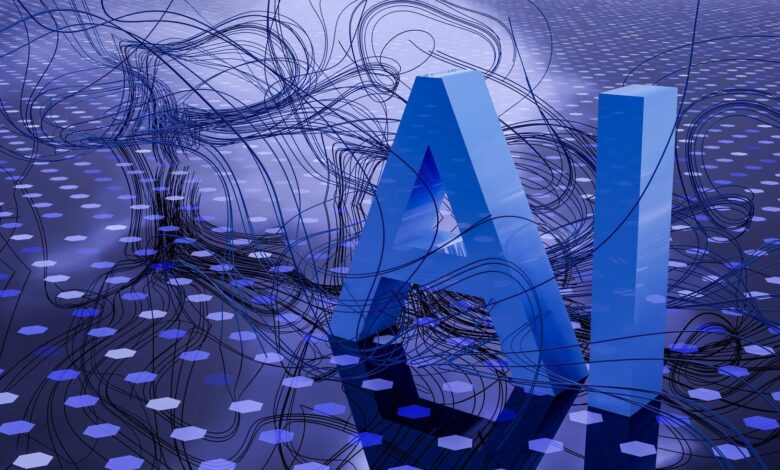
Without doubt, the hottest term in AI today, an industry itself powered by hot air, is agentic AI. The only problem is that there is little agreement on what is and isn’t an agent, or agentic, or indeed what an agent, or agentic framework, actually is in the first place.
What does agentic really mean?
An agent is a digital worker that can complete tasks autonomously to fulfil or seek a goal. An agentic framework is one in which multiple agents coordinate, negotiate and integrate with one another to create a dynamic, goal-oriented workflow.
Initially, it was thought that agents would be autonomously thinking and acting units that would take over the world. More recently, agents have been reimagined as more deterministic, with the ability to take actions, but limited in individual scope and the number of discrete functions any one agent might use.
For consumers, computer-use agents catch the imagination, bridging the gap between web automation and chatbots, allowing users to research, filter and buy products (in theory) from an AI interface. These are fairly clunky today, but you can see where they are going, and also the need for the equivalent of Apple or Google Pay to keep consumer finances safe.
For business users, a significant amount of the benefit of agents is smart automation. Agentics are to 2025 as Robotic Process Automation (RPA) was to 2017. Now it’s smart automation, but buyer beware of just how smart automation can ever be.
Is software now just workflows?
In case you haven’t heard, software is becoming workflows. If a workflow can be articulated step by step, it can be converted into an agentic workflow.
Users, especially non-technical ones, in a post-generative AI world, interact with flows, prompts or goals, not wrestling with the underlying software complexity, which has been abstracted away from them.
Low-code and no-code platforms, marketing automation, and AI agents are helping to accelerate the evolution of functionality into outcomes. What we now call traditional apps are being replaced with modular components that plug into workflows.
Not all software is a workflow. Software still exists as databases, infrastructure or cloud services. Enterprise software still exists – it’s just being re-experienced as workflows.
Agentics as a language
Today, no one agrees on agentic language or framework. Given the plethora of agentic frameworks already in the market, spanning open source to closed architecture, several Towers of Babel have begun popping up. Last year, Anthropic introduced the Model Context Protocol (MCP) to ease the burden of connecting to different datasets. Google is attempting to standardise agent-to-agent interactions through Agent2Agent (A2A) to allow agents to understand each other’s capabilities and endpoints. These are promising developments on the path to interoperability, which is a second-order problem stemming from so many systems being developed in parallel.
Each major software vendor has an agentic solution: Agentforce from Salesforce, AgentSpace from Google, Joule AI Agents from SAP, OCI Generative AI Agents from Oracle and Agent Orchestrator from Adobe. The language is the same, but the meaning and real-world applications are very different. Agentic AI shares many of the real-world problems.
Agentics is not just hype or jargon, but a core design pattern for every enterprise software company, so much so that agentics has already begun to become synonymous with AI, and the term itself has started to feel redundant.
Should everything be agentified?
Believe it or not, it doesn’t make sense to agentify every workflow. Processes that require a high degree of discretion or human judgement may be difficult to agentic. Just as you, it’s hard to digitise empathy in service industries, agents are not necessarily better than humans at everything.
Where agents thrive is in situations that require significant scale. If the availability of human capital is the limiting factor on any process, then agents are a good answer. If there needs to be massive parallelisation of processes, agents can be multiplied ad infinitum to meet the demand.
Equally, agents are not the answer every time. Where a process is highly deterministic and linear, you don’t need an AI agent to follow the rules when the rules never change. Where it is critical for a process to never fail and respond in real-time, you don’t want to introduce reasoning latency and stochastic surprises. A process that requires deep domain expertise and human accountability, it’s a risk to rely on a black box algorithm, trained on black box data, with black box weights, making business-critical decisions that could cost livelihoods. Finally, where the cost of agentifying something outweighs the benefits, it might just be better for all to keep the manual process in place.
In a short period, the word agentics will become redundant, and we will go back to calling everything AI again. Until the next hot topic goes viral.





